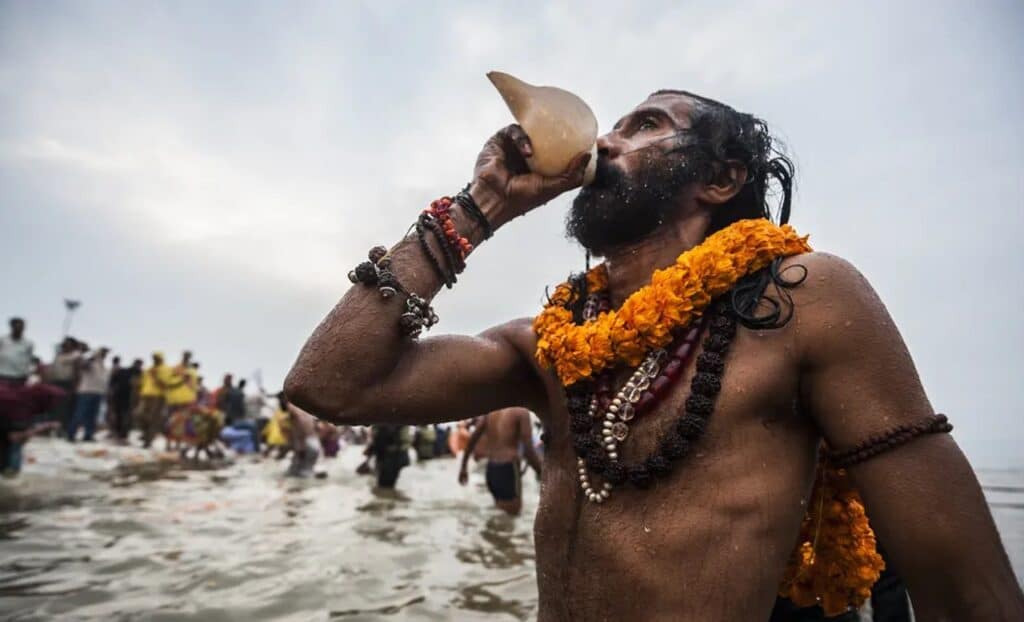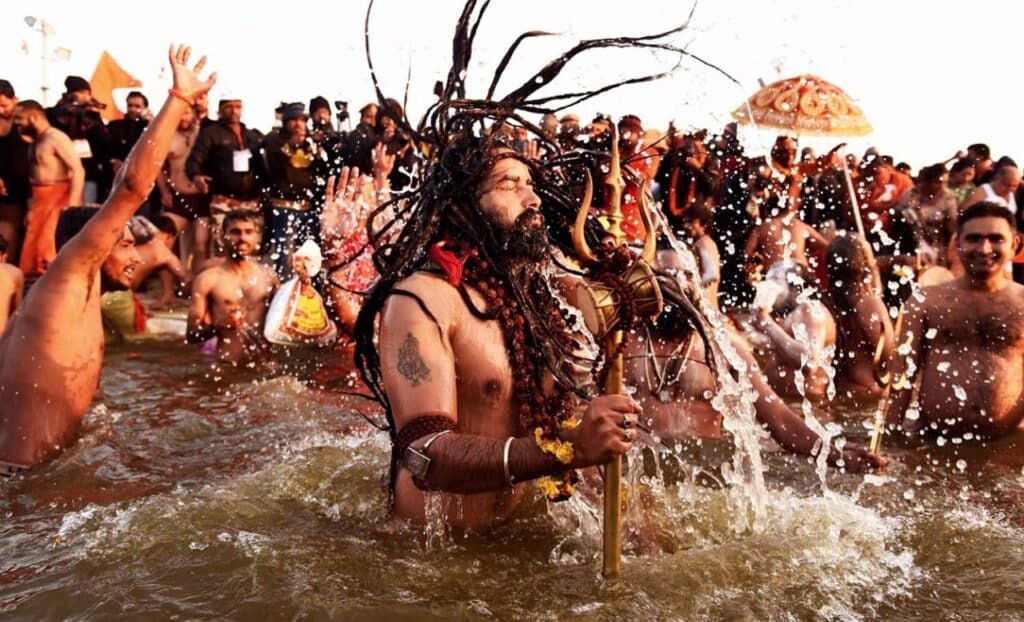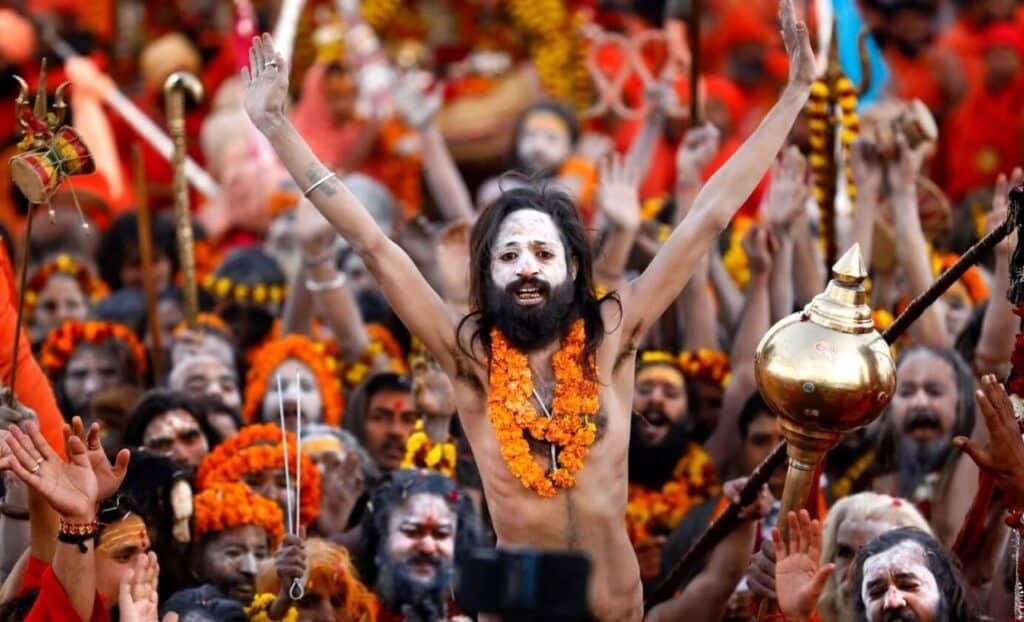Kumbh Mela Pilgrimage Tours
The Kumbh Mela is a major Hindu pilgrimage where Hindus gather at sacred rivers. The Purna (complete) Kumbh is celebrated every twelve years at four locations: Allahabad, Haridwar, Ujjain, and Nashik. The Ardh (half) Kumbh Mela is celebrated every six years in Haridwar and Allahabad. The Maha (grand) Kumbh Mela, which occurs after 12 ‘Purna Kumbh Melas’, or 144 years, is held in Allahabad. The last Maha Kumbh took place in the year 2001.
The Kumbh Mela has always been a source of curiosity. Often referred to as the largest concentration of humans on Earth at one time, it is also seen as a confluence of faith and religion. While all kinds of gurus known as sadhus ensure spending several days at the Kumbh Mela, it also attracts ordinary people from all walks of life.
On one hand, the Kumbh Mela offers a visual feast for photographers from around the world, as it is a unique event on this planet. On the other hand, ordinary people visit the Kumbh to cleanse themselves of their sins and attain moksha or liberation from the cycle of birth and death. The Kumbh Mela is celebrated at four locations: Allahabad, Haridwar, Ujjain, and Nasik, with a 12-year interval at each site.
History Behind the Kumbh Mela
The largest religious festival of humanity is associated with the mythological story of the creation of the universe. Once, the perpetual struggle between gods and demons – between good and evil – reached a point where the gods were about to lose. The creator, Lord Brahma, told them that by churning the Ocean of Milk, they could produce the nectar of immortality called Amrit. However, they needed the help of the demons for that. Thus, an armistice was reached between the conflicting parties, and they promised to share whatever was obtained from churning the Ocean of Milk equally. However, when the pot (kumbh) filled with nectar of immortality appeared, they began to fight for it for 12 days and nights (corresponding to 12 human years). Garuda, the celestial bird and vehicle of Lord Vishnu, stole the pot of nectar and flew away, being pursued by the demons. During the pursuit, some drops of the nectar of immortality fell in four places on Earth. These are the sacred locations where the Kumbh Mela is celebrated today every 12 years: Allahabad, Haridwar, Nasik, and Ujjain.
The Tirtharaja – King of Sacred Places – among them is the Sangam (confluence) of the sacred rivers Ganga, Yamuna, and Saraswati in Allahabad. Here, the largest religious gathering in the world will be held again in January and February 2013. Thousands of sadhus and millions of devotees will take part in a ritual bath to cleanse themselves of all sins. Although it may not be as old as the universe, the Kumbh Mela has been celebrated for over 1400 years, according to the report of the Chinese traveler Huan Tsang.
Kumbh Mela with Lucknow
(Delhi – Prayagraj – Lucknow – Agra – Jaipur – Delhi)



